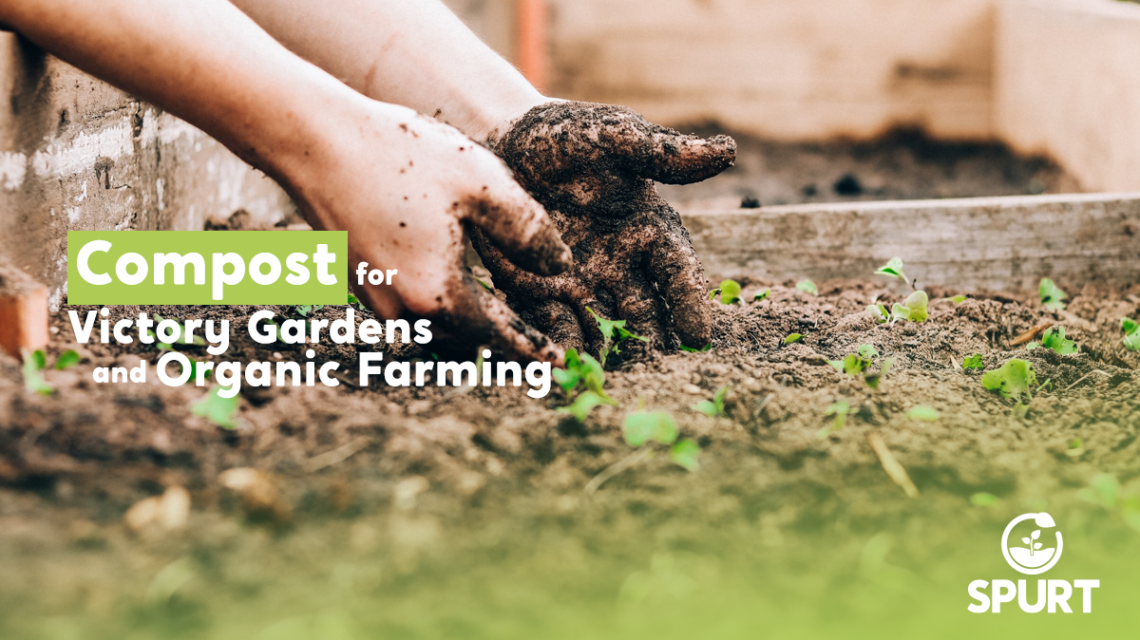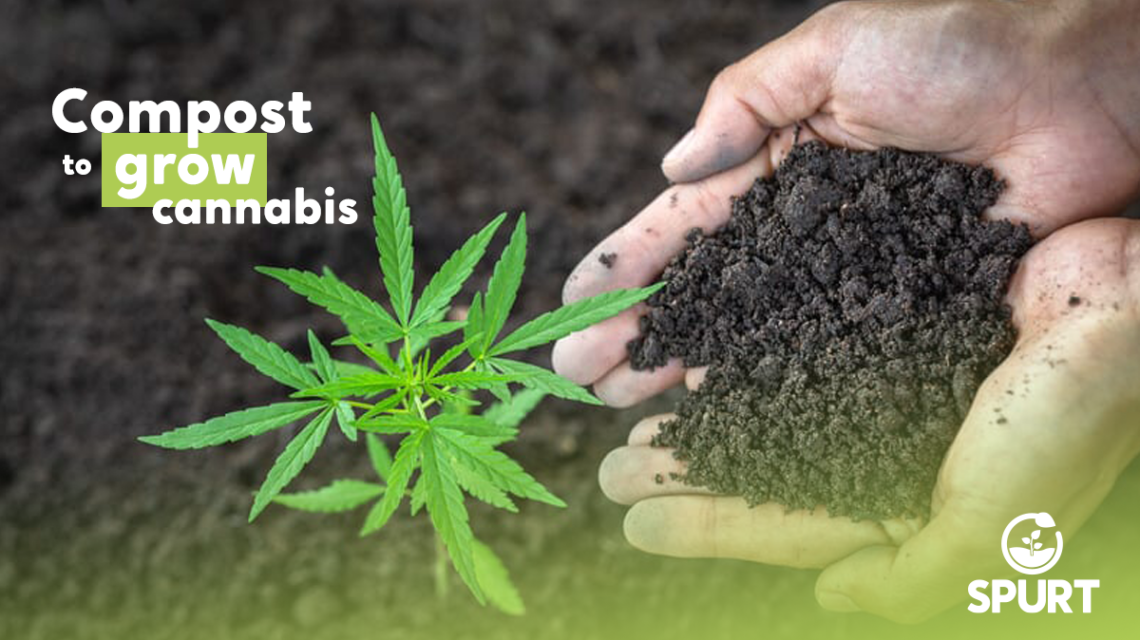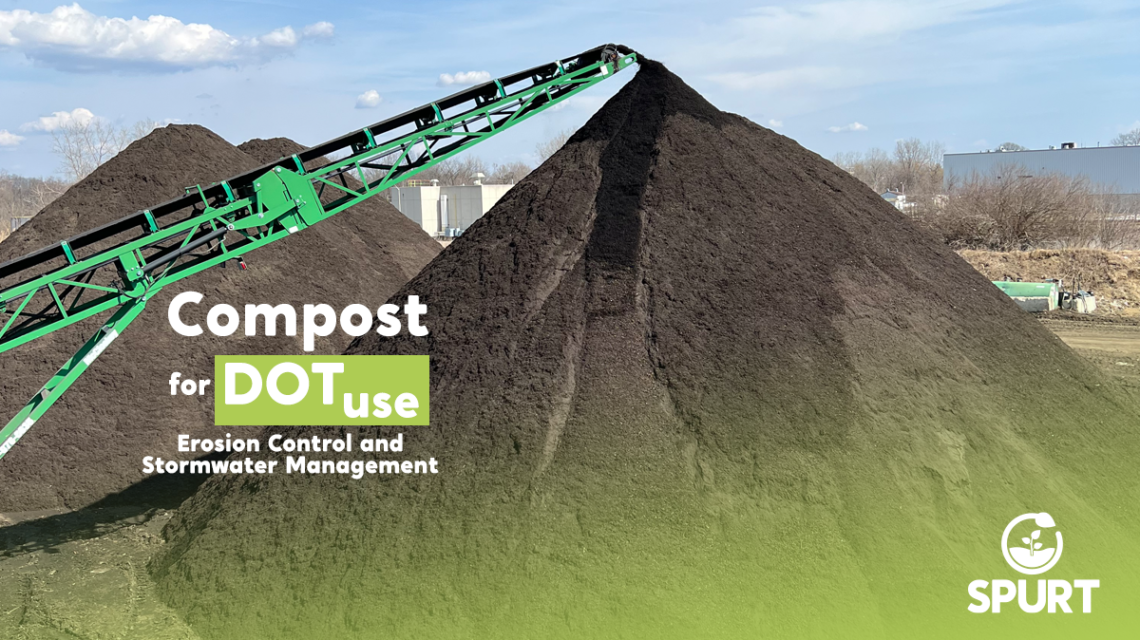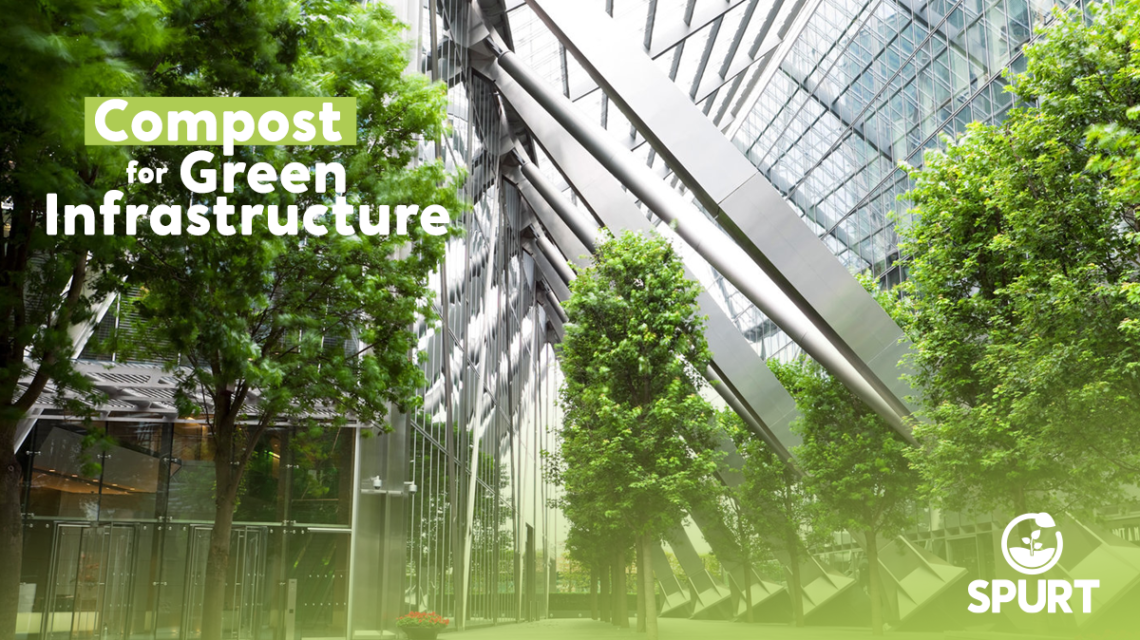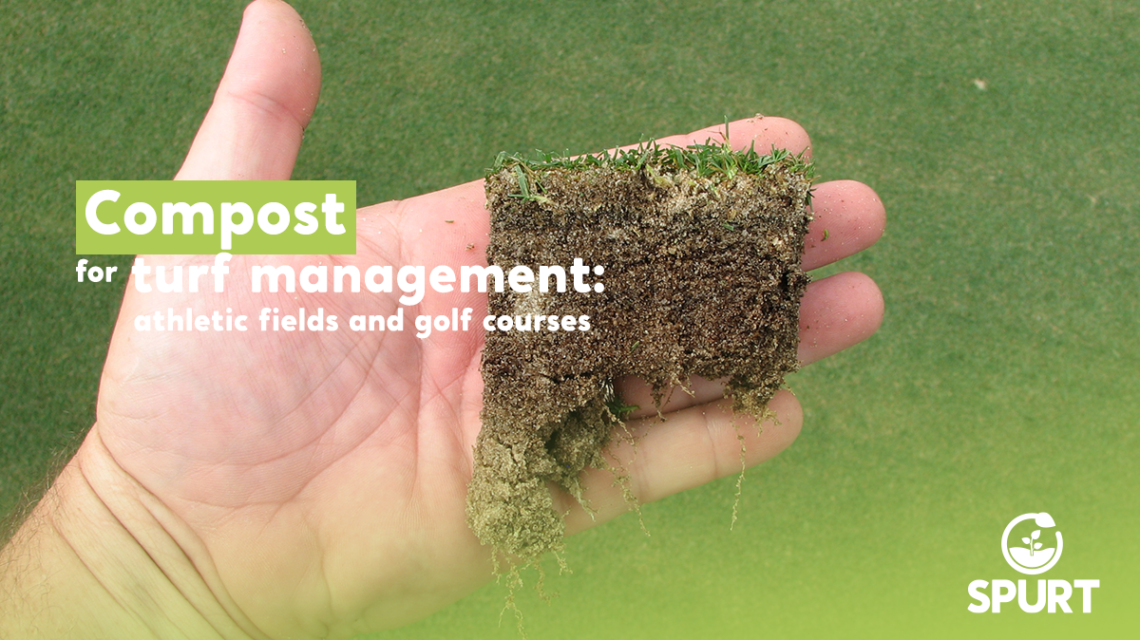
Sports facilities and golf courses around the country are using compost to improve the quality of their soil. One of the keys to establishing a successful field/golf course is the selection of a good quality soil for the root zone; however, most of these sport fields are currently constructed on native type soils, which may
read more

